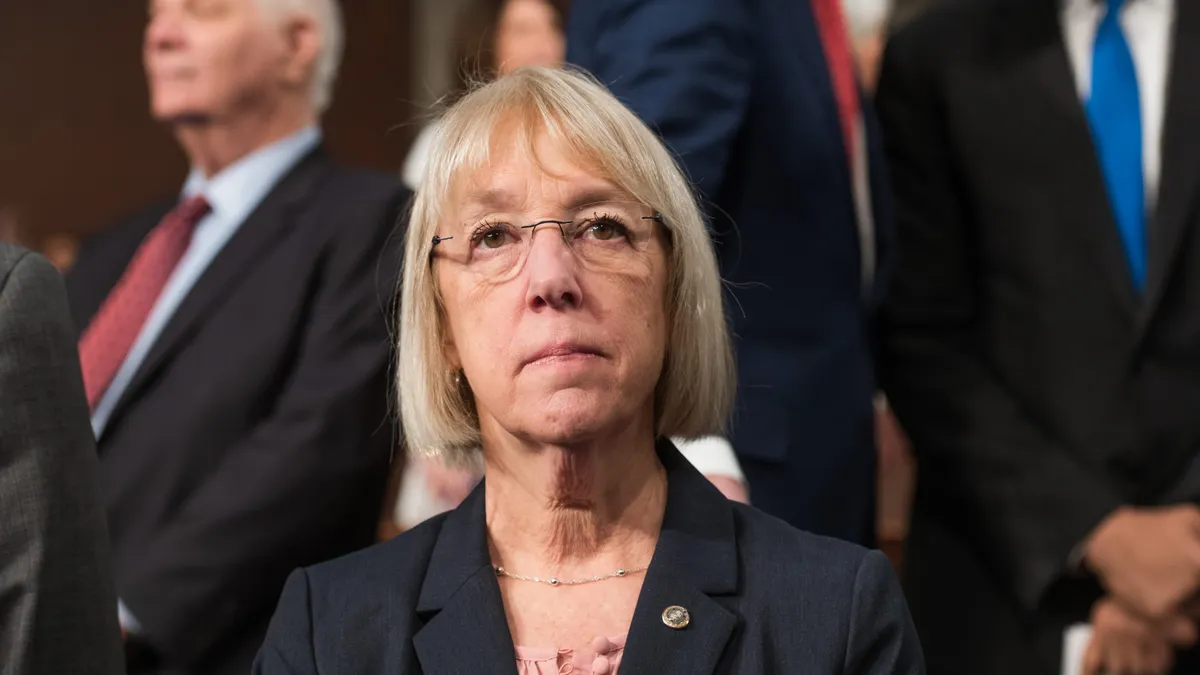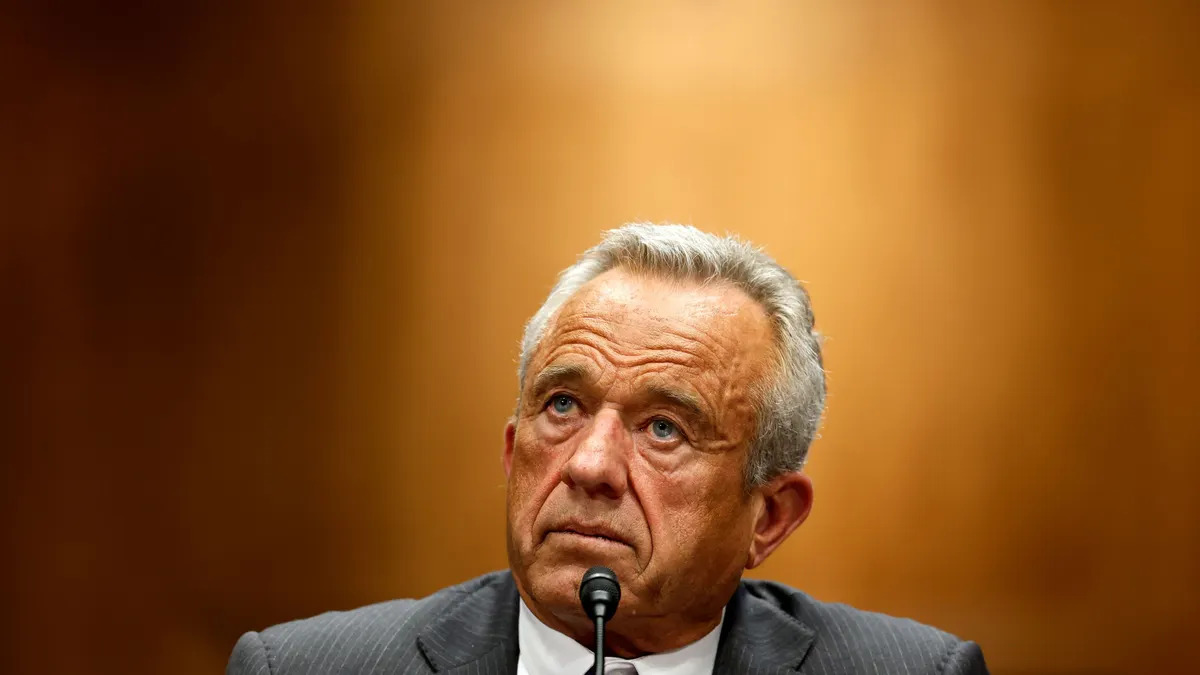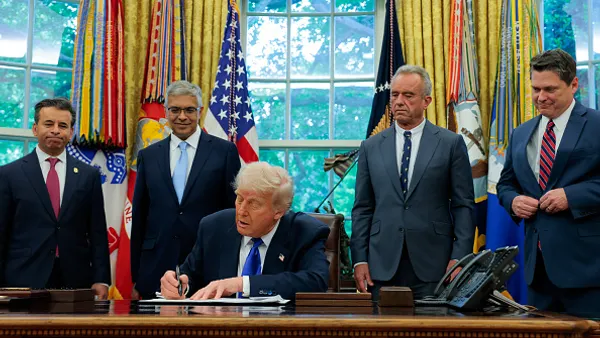Top Democrat appropriators in the House and Senate are criticizing the Trump administration for a lack of transparency in government spending, including at the HHS, after some federal agencies submitted incomplete budgetary plans for the 2025 fiscal year.
Federal agencies are required to submit spending plans to the House and Senate so legislators can oversee how the executive branch is managing congressionally appropriated funds.
However, many regulators have yet to submit detailed plans, while some agencies have failed to turn in any reports whatsoever, Sen. Patty Murray, D-Wash., the vice chair of the Senate Appropriations Committee, and Rep. Rosa DeLauro, D-Conn., the ranking member of the House Appropriations Committee, alleged in a letter to the director of the Office of Management and Budget on Wednesday.
“Under your direction, the Office of Management and Budget continues to intentionally mislead and obfuscate about how this Administration is spending taxpayer dollars and has demonstrated an inability to effectively and efficiently manage public resources,” the letter to OMB Director Russell Vought reads. “Your lack of transparency shows disdain for the right of the public to understand how taxpayer dollars are being spent and for the rule of law.”
Murray and DeLauro specifically cited the HHS, which submitted a spending plan to Congress labeled “Hill Version,” as an offender.
The plan only included high-level funding amounts and substituted asterisks in the place of spending details for more than 500 programs, obfuscating critical information, the lawmakers said.
“We need to see the ‘real version’ of HHS’ spend plan, and we need to see actual funding amounts — not asterisks — for these vital programs,” the Democrats wrote.
It’s not the first time the White House has been criticized for a lack of transparency. The Trump administration has scrubbed the president’s public comments online, removed key public health data from federal websites and rescinded longstanding public disclosures in the rulemaking process, among other actions that have sparked worries among government accountability groups.
The OMB has also taken down a website tracking how funding is divvied out to federal agencies, sparking pushback from congressional appropriators on both sides of the aisle.
Democrats have also aired concerns that the administration is sidestepping Congress to pursue President Donald Trump’s agenda. This Congress has been historically inactive, with Trump electing to enact his policies largely through executive orders or uniltateral agency actions, many of which have been challenged in court.
For example, the HHS drastically downsized its functions this spring, cutting some 10,000 employees and eliminating various programs and offices entirely — including some mandated by law. Despite being called before Congress, HHS Secretary Robert F. Kennedy, Jr., has yet to fully account for changes at the massive federal healthcare agency.
Despite uncertainty as to the White House’s current funding allocations, the Trump administration is looking ahead to 2026, proposing a budget for next year that further cuts healthcare programs. If enacted, the HHS would have its discretionary funding cut by 26% next year.














